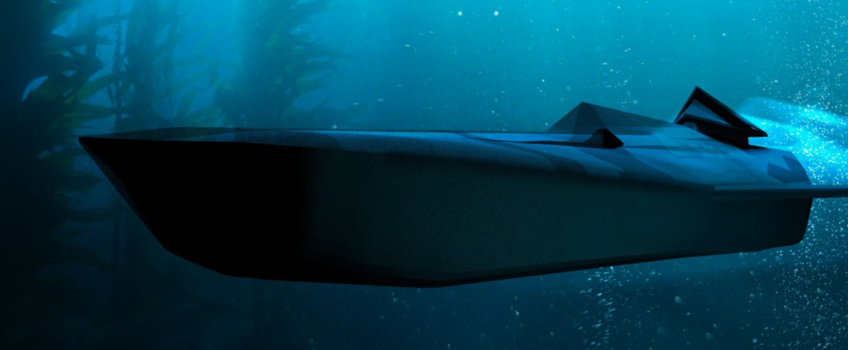
With all the hype around greener vehicles, net-zero targets and improving the Nation’s defensive capabilities, the Royal Navy is certainly doing its part. They’ve recently released some fascinating autonomous fleet concepts which are set to launch during the next 50 years. The Royal Navy’s future autonomous fleet will include green aircraft carriers, underwater command centres and robotic warships.
Creating An Autonomous Fleet Using Advanced Technology
The list of autonomous fleet concepts of the future Navy is based on a recent Defence Command Paper and a design challenge given to young engineers from the UK Naval Engineering Science and Technology (UKNEST).
The goal is to continue the strategy of improving its smaller fleet by using advanced technology to maximise efficiency and defence capabilities. In this case, it involves a bigger reliance on artificial intelligence (AI) and automation to further exploit the sub-aquatic world.
What Will The Autonomous Fleet Consist Of?
One of the concepts introduced as part of the autonomous fleet is trimaran attack ships. These will be propelled by water jets that can also deploy smaller craft. Like other vessels in the future autonomous fleet, this concept would rely on wind energy which is then wirelessly beamed to the craft. It will also capture heat from deep-sea thermal vents, or biofuels made from plankton just as whales do.
In the sky, the Navy is looking at drone balloon bases in the stratosphere held up by helium and covered with solar arrays. These will provide surveillance and deploy fast-strike drones reaching hypersonic speed when diving toward a target. From there, they will attack the target with sea-skimming rail-gun projectiles and short-range lasers.
Autonomous Submarines Commanding The Waves
Moving below the surface, the future Navy’s autonomous fleet will have submarines that are a far cry from today’s attack and missile vessels. These will include underwater transport units to carry supplies for military or humanitarian missions, reconnaissance units and a craft with blended-wing bodies.
There is also an underwater flagship with a bulbous hull and live brain corals coating the outside. It would maintain and deploy robotic underwater drones which can do the following:
- transport crew to underwater craft
- recon and navigation
- neutralising enemy drones
- lock onto enemy craft like limpets to detonate or disrupt a ship’s system
- latch onto Royal Navy ships to extend their range
Building A Modular Naval Fleet
Something the Royal Navy is putting more short-term focus on is what they call the Persistent Operational Deployment Systems or PODS. These will be critical to an autonomous fleet of the future with interchangeable modules intended for the surface vessels.
Similar in concept to a shipping container, the purpose of these PODS is to support a plug-and-play warship design. Here, any craft can use the same modules which they can easily swap out even when at sea.
This means a ship leaving port with a pod carrying an autonomous boat could arrive at its destination with another pod. It could be filled with heavy-lift drones, humanitarian supplies, a medical unit or a command centre.
Final Thoughts
When you think about modern warfare, this all-in-one autonomous fleet could greatly bolster the Royal Navy. It presents a great opportunity to implement the latest technologies to build a naval fleet more advanced than most. Whilst these are only concepts, they do look and sound incredible. It’s amazing what is possible when you give people creative licence.
According to Second Sea Lord, Vice Admiral Nick Hine: “In a future scenario, if we find ourselves unable to compete traditionally in terms of mass, we must think differently if we are to regain the operational advantage. The young engineers who worked on this project are thinking radically and with real imagination and reflect how the Royal Navy is thinking too.”
For more interesting articles covering the latest in technology, engineering and manufacturing, simply follow our blog. If you’d like to know more about what we do, visit our website.


 Mail:
Mail: 



